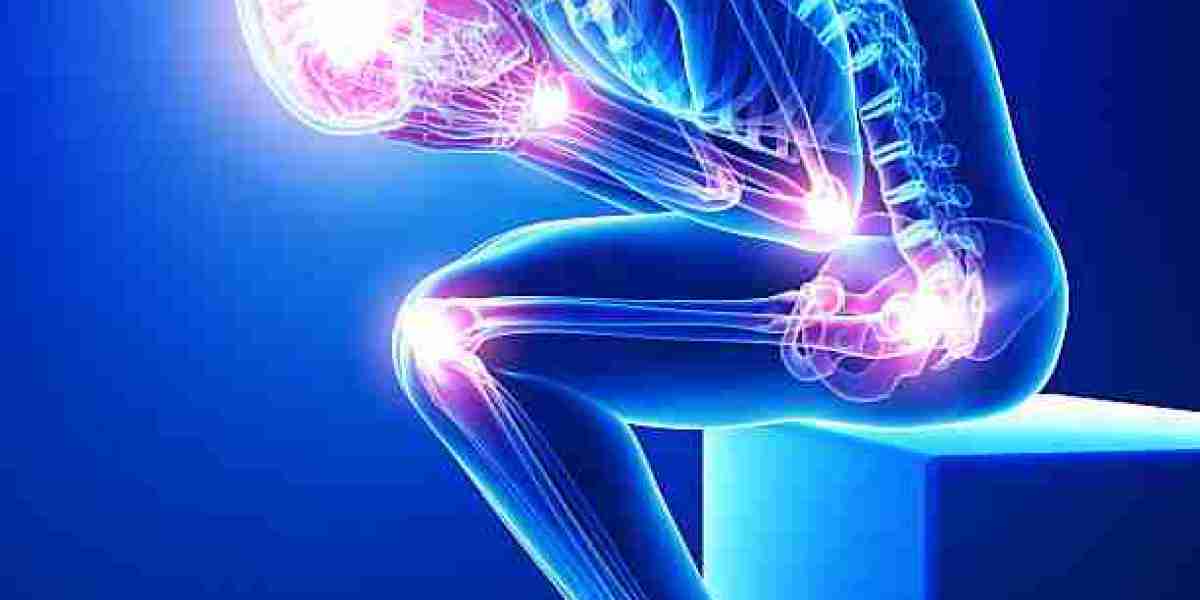Although the phrases physical therapy and physiotherapy are frequently used synonymously, their definitions might vary based on the situation and area. Although the goals of both fields are the same—to restore function, reduce pain, and enhance quality of life—their methods and areas of emphasis can differ. Anyone thinking about these treatments for chronic pain management, injury rehabilitation, or improving their general physical health must be aware of these subtleties.
Recognizing Physical Therapy and Physiotherapy
Physical therapy and physiotherapy both deal with the evaluation, diagnosis, and management of disabilities, functional restrictions, and physical impairments. These practices assist people manage chronic diseases, improve physical function, and heal from injuries using a variety of strategies and interventions. Although all fields share similar overarching objectives, there are some distinctions in their approaches and areas of concentration.
Physiotherapy: An Expanded View
Physiotherapy is a broad subject that uses a variety of methods and strategies to treat a broad range of physical health conditions. In order to encourage healing and functional progress, it frequently combines manual treatment, exercise, and patient education. Physiotherapy is used all across the world, with variations in methods based on the nation or area.
Important Elements of Physical Therapy:
Manual therapy is a hands-on approach to pain management and mobility improvement that incorporates joint mobilization, manipulation, and soft tissue methods.
Exercise Therapy:
Tailored exercise regimens are intended to increase general physical function, increase muscle strength, and improve flexibility. Exercises may include strength training, stretching, and balance exercises.
Electrotherapy:
Techniques like ultrasound, TENS (transcutaneous electrical nerve stimulation), and electrical stimulation are used to alleviate pain, reduce inflammation, and promote tissue healing.
Education and Counseling:
To avoid future injuries and improve general well-being, physiotherapists offer advice on posture, body mechanics, and lifestyle changes.
Particularized Domains:
The prevention, evaluation, and treatment of injuries related to sports are the main goals of sports physiotherapy.
Back pain, arthritis, and fractures are among the musculoskeletal conditions treated by orthopedic physical therapy.
Neurological physiotherapy: Treats diseases of the neurological system, including spinal cord injuries, Parkinson's disease, and strokes.
Physical Therapy: A Particular Method
In the United States and Canada, the phrase "physical therapy" is frequently used to refer to a field that focuses on using manual therapy, exercise, and other modalities to treat and rehabilitate physical problems. It frequently places a strong emphasis on functional recovery and seeks to assist people in regaining their freedom and standard of living.
Fundamentals of Physical Rehabilitation:
Exercise Prescription: To address certain impairments and functional limits, physical therapists design customized exercise regimens. These regimens could incorporate aerobic, stretching, and strengthening activities.
Manual Techniques:
Physical therapy, like physiotherapy, frequently uses hands-on methods to treat soft tissue and joint problems, increase range of motion, and reduce discomfort.
Physical therapists employ several techniques, including ultrasound, electrical stimulation, heat, and cold, to effectively treat pain and promote healing.
Functional Training:
Focuses on helping individuals regain the ability to perform daily activities and tasks, such as walking, climbing stairs, and lifting objects.
Particularized Domains:
The focus of orthopedic physical therapy is on disorders and injuries of the musculoskeletal system.
Geriatric Physical Therapy:
Handles age-related problems such osteoporosis, joint replacements, and balance abnormalities.
Pediatric physical therapy focuses on problems relating to children's development, congenital conditions, and injuries.
Common Objectives and Advantages
Though their terminologies and areas of emphasis differ, physical therapy and physiotherapy have similar objectives and provide a number of advantages.
Pain Relief:
Using a variety of methods, such as manual therapy, exercise, and modalities, both approaches seek to reduce pain.
Enhancing physical function and mobility through physical therapy and physiotherapy enables people to resume their regular activities and enhances their overall quality of life.
Both disciplines are essential to the rehabilitation of injuries, whether they result from acute trauma, surgery, or long-term illnesses.
Preventive Care:
Both procedures help patients avoid future accidents and maintain long-term health by treating underlying problems and teaching them proper body mechanics.
Selecting Physical Therapy or Physiotherapy
Take into account the following aspects while choosing between physical therapy and physiotherapy:
Regional Terminology:
While some regions may use phrases interchangeably, others may have specific meanings for them. It's critical to comprehend the vocabulary and context used locally.
Personal Needs and Goals:
Consider your unique requirements and objectives. Select a practitioner that specializes in that area if you have a specific condition or need a specialist approach.
Qualifications of the Practitioner:
Physical therapists and physiotherapists are both licensed professionals with specialized training. Make sure the healthcare provider you select is qualified and has experience related to your disease.
Education's and self-management's roles
Patient education and self-management are key components of both physical therapy and physiotherapy. To get the best results, you must be aware of your problem and actively participate in your treatment plan.
Components of Education:
Knowing Your health:
Being knowledgeable about your health enables you to take an active role in your treatment and make well-informed decisions.
Exercise Techniques:
You can execute stretches and exercises safely and successfully if you know the proper techniques.
Lifestyle Modifications:
Making adjustments to your everyday routine, posture, and ergonomics can help you achieve long-term success in addition to your therapy.
Self-Control Techniques:
Adherence to Exercise Programs:
The secret to making and keeping improvements is consistently carrying out the recommended activities.
Monitoring Your Progress:
Keeping tabs on your development keeps you inspired and gives you useful data to modify your treatment strategy.
Seeking Support:
Participate in online forums or therapy groups as well as other support networks to exchange stories and learn new perspectives.
Physical therapy and physiotherapy's future
Physical therapy and physiotherapy are both adjusting to new possibilities and problems as healthcare continues to change. Technology, research, and patient care advancements are influencing how these professions may develop in the future:
Telehealth:
As telehealth services have grown in popularity, therapy has become more convenient and accessible by enabling remote consultations and follow-ups.
Innovative Modalities: .
In order to improve outcomes, treatment regimens are using new technology like virtual reality and robotic-assisted therapy.
Evidence-Based Practice:
To guarantee that patients receive the best care possible, ongoing research and evidence-based practice are constantly improving methods and approaches.
In summary
Physical therapy and physiotherapy are essential parts of contemporary healthcare because they provide effective interventions and treatments for a variety of physical ailments. Although there may be regional variations in the terminology employed, the objectives of both fields are to improve physical function, reduce pain, and improve overall quality of life.
Knowing the differences between physical therapy and physiotherapy as well as their shared objectives and advantages can help you make well-informed decisions regarding your care. Both physical therapy and physiotherapy are useful methods to enhance your well-being, whether you're trying to manage a chronic illness, recuperate from an injury, or just get healthier physically.
You can attain the best possible results and lead a healthier, more productive life by selecting the appropriate practitioner, taking part in patient education, and actively adhering to your treatment plan.













